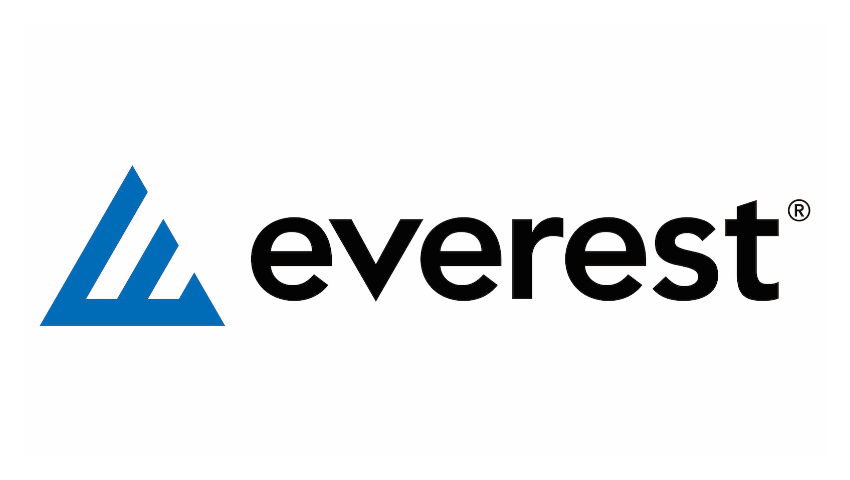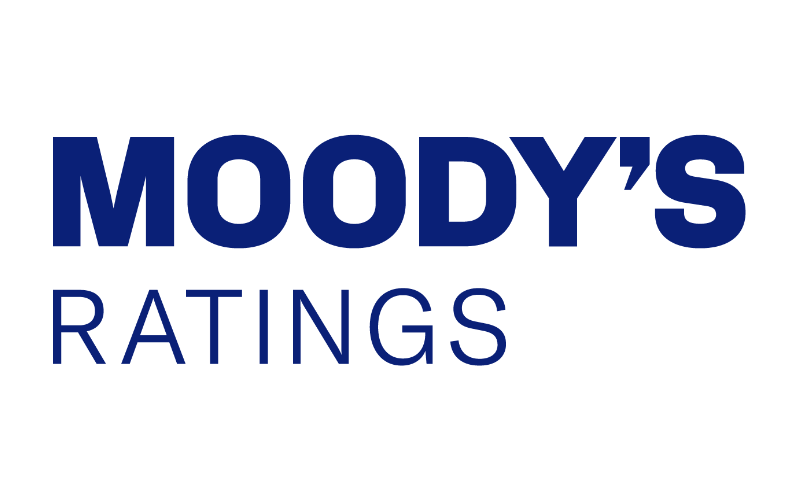
Everest Group, the global insurer and reinsurer, has estimated its pre-tax net catastrophe losses from the California wildfires at between $350 million and $450 million, which suggests a 1% of industry loss market share.Everest reported that its loss estimate is based on an industry insured loss that falls in a range from $35 billion to $45 billion.This makes Everest just the latest major player to base its own estimate on a range that is higher than the main catastrophe risk modellers.Recall that, industry loss estimates from the four leading catastrophe risk modelling firms, for the LA region of California wildfires, have a mid-point average of $31.125 billion at this time.
The range, across the four leading catastrophe risk modellers estimates, spans from $20 billion to as high as $45 billion.RenaissanceRe had based its estimate on a $50 billion industry loss event, while Chubb also appeared to be working from a relatively high industry figure for the wildfire event.Now, Everest is the latest to base its estimate on a range that is above the mid-point average of the risk modellers, in fact at the higher-end.
It’s important to note uncertainty, as it remains abundant, making loss estimates prone to error and difficult to peg.But the industry is certainly anticipating a larger loss than most of the risk modellers, as only CoreLogic had opted for a figure above $35 billion for the LA wildfires.Everest said, in reporting its results last night, that it estimates catastrophe losses it will book during Q1 2025 from the California wildfires will range between $350 million and $450 million, which indicates a 1% of industry loss market share.
This figure is net of estimated recoveries and reinstatement premiums, suggesting Everest does anticipate some reinsurance and retrocessional recovery support from its partners.Analysts from Evercore ISI noted that the wildfire loss estimate is below their expectations for Everest, which they saw as a positive given the growth the company has continued to experience.Evercore’s analysts said, “The lighter than expected fire losses are also encouraging as we have been worried that EG is participating lower in property towers to achieve better topline growth, although we acknowledge fire exposure is different than SE wind.” Other analysts firms seemed perhaps a little surprised that Everest’s loss estimate was lower than others like RenRe, as they had been anticipating a greater market share.
Of course, we have to note that Everest’s estimate is net of recoveries and will be reported after estimates for any proportion of the loss that will flow to its third-party reinsurance capital structure Mt.Logan Re Ltd.Everest typically cedes a share of losses to its property catastrophe line of business to cells of Mt.
Logan Re Ltd., the main underwriting vehicle of its Mt.Logan Capital Management, Ltd.(MLCM) third-party capital management business, given these investor-backed strategies are aligned with its fortunes.
Given the scale of the California wildfire loss event, it seems safe to assume a share will flow through quota share arrangements to the Mt.Logan Re vehicle and its investors.However, we suspect Mt.
Logan Re may assume a relatively smaller share of losses from perils such as wildfire, compared to its share when peak peril events such as hurricanes occur, although we cannot be certain and the structure has multiple strategy layers to it, with different risk and return appetites.It’s also worth noting here that Everest grew strongly in property catastrophe reinsurance in Q4 2024, with a 54.4% increase in Property Catastrophe XOL and 19.9% in Property Pro-Rata underwritten.Everest also reported $275 million of losses from hurricane Milton, but said that Q4 catastrophe losses were partially offset by a release of $125 million on prior year events, primarily related to hurricane Ian.
The significant growth in property cat could have been partially supported by capital from the Mt.Logan Re strategies, while the release from hurricane Ian may also have had a bearing on the structure, which may have helped to moderate any losses from Milton that flowed to the third-party capital vehicle during the period...
All of our Artemis Live insurance-linked securities (ILS), catastrophe bonds and reinsurance can be accessed online.Our can be subscribed to using the typical podcast services providers, including Apple, Google, Spotify and more.
Publisher: Artemis








